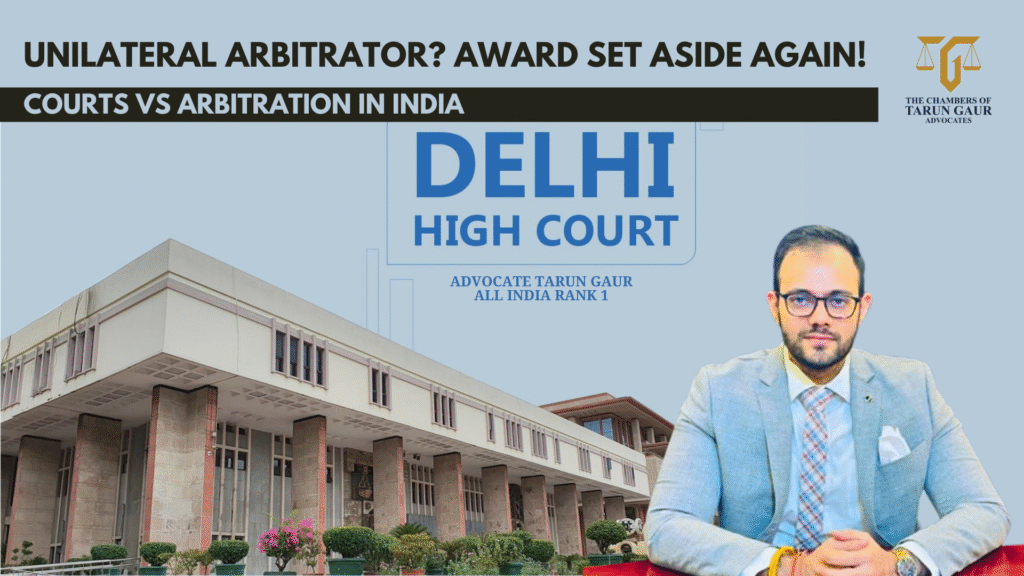By Advocate Tarun Gaur, Practicing in Delhi High Court
The recent judgment of the Delhi High Court in Mahavir Prasad Gupta and Sons vs. GNCTD is yet another in a long line of decisions that, while well-intentioned in safeguarding neutrality, has unfortunately added another layer of procedural complexity to India’s arbitration landscape.
At its core, arbitration is meant to be a speedy, efficient, and party-driven alternative to court litigation. But over time, judicial pronouncements like this have effectively blurred the lines between court and arbitral processes.
Let’s be clear: The importance of impartial arbitrators cannot be overstated. However, this judgment allows even the appointing party—who unilaterally selects the arbitrator—to later challenge the award without raising timely objections. This not only contradicts principles of estoppel but also gives a backdoor exit to parties dissatisfied with the award.
Instead of promoting finality and efficiency, this ruling further encourages post-award litigation and opportunistic challenges, effectively diluting the legislative intent behind the 2015 amendment to Section 12(5). The courts, despite having endorsed arbitration as a preferred mode of dispute resolution, seem to continue pulling arbitration back into the procedural whirlpool of traditional litigation.
Moreover, the notion that a court may suo motu set aside an award for lack of jurisdiction—even when parties never raised the issue—creates legal uncertainty and destabilizes the confidence in arbitrations already concluded.
One cannot help but observe the irony: the same courts that push for India to become an international arbitration hub continue to craft exceptions that make arbitration proceedings vulnerable to endless challenges and delay.
This judgment, though grounded in strict statutory interpretation, highlights a bigger issue—the Indian judiciary’s tendency to over-regulate arbitration. Every ruling that opens the door to more intervention brings us a step closer to rendering arbitration otiose.
Conclusion
While judicial oversight is necessary in egregious cases, we must tread carefully. Courts must strike a balance—protecting fairness without defeating the very reasons arbitration was chosen in the first place. If parties are allowed to lie low during the proceedings and then weaponize technicalities to undo an award, arbitration becomes a mere dress rehearsal for litigation.
As an Arbitration Lawyer in Dwarka and a firm believer in the autonomy of parties in arbitration, I hope future courts revisit this trend and restore confidence in arbitration as a final and efficient mechanism, not a legally uncertain stepping stone.

